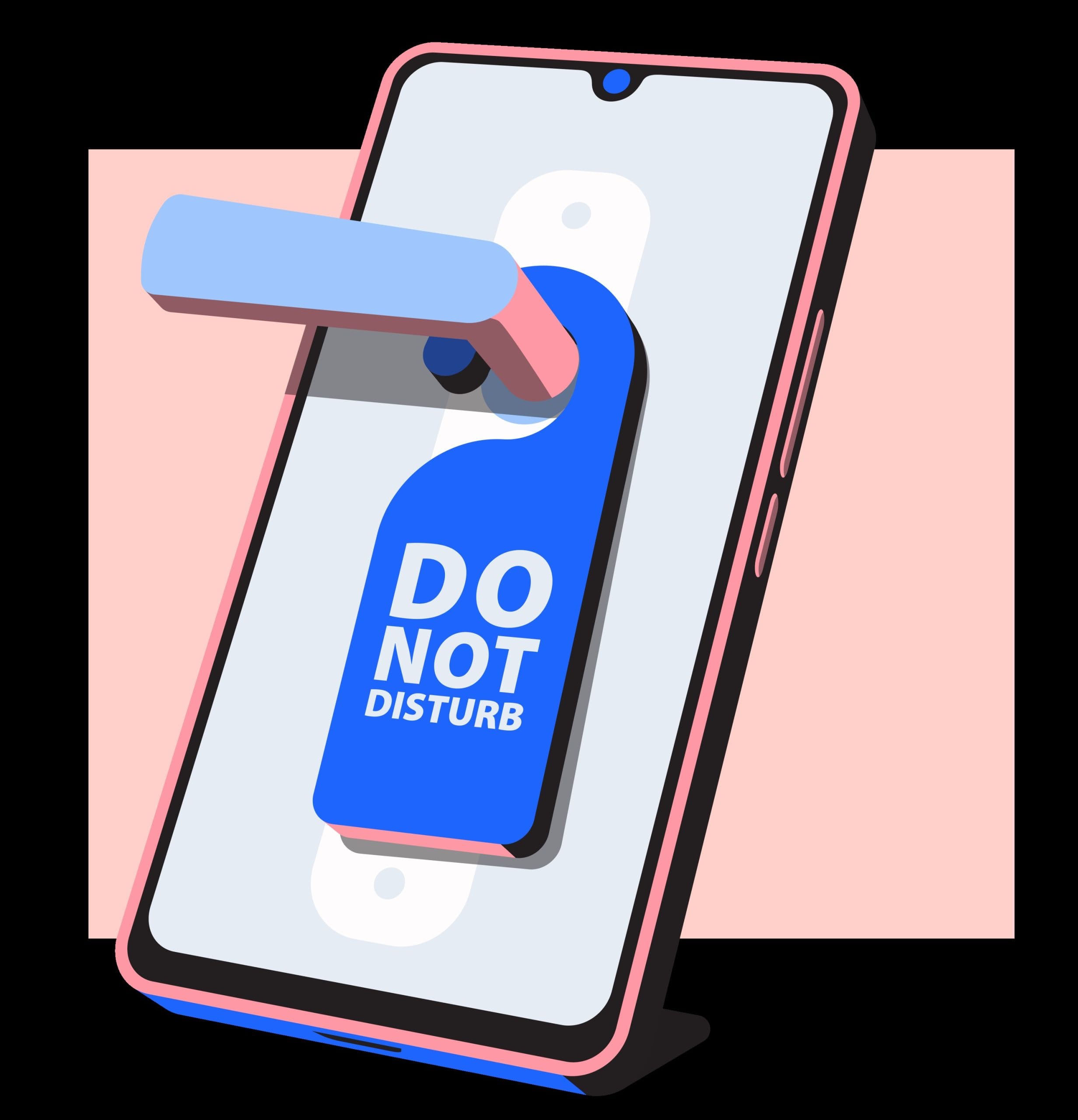Last updated on October 16th, 2025 at 04:34 pm

In this week’s post, I’ll carry on with the scheduling policies I used in my own office. I hope you’ve enjoyed Part 1, Part 2, and Part 3! This week, I’ll cover points 14 through 17:
SCHEDULING POLICY #14: The hygienist is totally interruptible. When the doctor comes into the operatory, he or she drops what they are doing so the doctor can do the exam.
I had two hygienists each day I was in the office. That meant that I had two to four exams per hour. That can be pretty crazy if you have a busy operative schedule. My policy was that I could interrupt the hygienist whenever it was most convenient for me, which meant I tried to do the exam while a patient was getting numb or my assistant was making a temporary. (Now…it goes without saying that you must check the laws of your state and be sure that you don’t have to wait until the hygienist is done before doing the exam).
In order for this to work, the hygienist had to snap any necessary x-rays as soon as the patient was seated so they could be developed by the time I came in to do the exam. Of course with everything being digital now – this becomes faster. The other critical factor was that the hygienist had to set their instrument down and rinse the patient as soon as they saw me walk in. They needed to be ready to stand up by the time I was done looking over the chart and putting on my gloves.
Another helpful tip is that when I did one hygiene exam I went ahead and did the second one across the hall with the other recall patient. I might have to make one of my operative patients wait a few more minutes but that was better than just getting settled down to do the next operative procedure and then having to get up right away to examine that hygiene patient.
 SCHEDULING POLICY #15: Doctor and staff take no personal calls during production time.
SCHEDULING POLICY #15: Doctor and staff take no personal calls during production time.
The advent of mobile, while incredible, can be real production killers. It’s obvious that the staff and doctor can’t take phone calls and be productive. It doesn’t seem like that big of a deal to be sending a ‘quick text’ to a friend or family member; but the distraction from production is significant. Time spent creating a text message or checking your Facebook page is time not spent on filling the appointment book or doing what you’re paid to do.
The only call I took during production time was if it was a specialist on the phone and the patient was in the chair. This also applies to text messaging or any other distraction that smart phones can become. The policy could be that cell phones are not allowed to be kept on staff members during work hours.
 SCHEDULING POLICY #16: All patients are scheduled for their next visit before they leave i.e. prophys, restorative adjustments, etc.
SCHEDULING POLICY #16: All patients are scheduled for their next visit before they leave i.e. prophys, restorative adjustments, etc.
Scheduling the patient that is standing in front of you is the most efficient way to control the appointment book. Schedule the recall patient for six months from now and schedule the next few visits for the restorative patient. (This is normally considered taboo but in our system the majority of the restorative work is pre-paid, so it’s uncommon for a patient to no-show or cancel).
SCHEDULING POLICY #17: There is no “cancellation Policy.”
If a patient makes an appointment, they are expected to be there. Having a ‘Cancellation Policy’ implies that you expect people to cancel or no-show.
That being said, I personally don’t recommend having a “Cancellation Fee.” I think that it’s a public relations tight rope that’s easy to fall off of. Charging them so that you can “teach them a lesson” may stimulate them to teach you a lesson and leave the practice or create bad press online. I personally don’t think it’s worth it.
This series continues with “SCHEDULING POLICY #18: If a patient is late for their appointment by five minutes, the chairside assistant tries to find them. The assistant doesn’t throw this problem into the lap of the appointment secretary.” – For Part 5, click here!


